Life Long Ago
🕰️ Step back in time with your students and explore what life was like long ago! This Life Long Ago video for kids introduces young learners to the lives of Pilgrims, Native Americans, and early settlers in a way that’s age-appropriate, visual, and deeply engaging. Students will discover how people cooked, traveled, dressed, and celebrated in early America — while making meaningful comparisons to their own modern lives.
🪶 Explore Traditions, Homes, and Heroes in This Grade 1 Social Studies Video
Through colorful narration and clear visuals, students learn about Native American traditions and shelters, early farming and hunting, and how Pilgrims settled in a new land. They’ll also see how communities grew, how people worked together, and how freedom and cooperation shaped our country’s earliest stories. The video introduces concepts like survival, sharing, and gratitude in a way kids can truly connect with.
🎥 This life long ago video for kids also introduces young learners to important historical figures like Abraham Lincoln and Dr. Martin Luther King Jr., helping them begin to understand the concept of leadership, fairness, and the ongoing story of freedom in America. U.S. symbols like the flag and the Liberty Bell are explained in terms kids can grasp and appreciate.
🏆 Perfect for launching your Grade 1 history or civics unit, this video supports lessons on life in the past, family traditions, holidays like Thanksgiving, and how we honor important leaders. Teachers love how it brings early American history to life — while reinforcing values like kindness, responsibility, and gratitude.
Video length: 6:20 minutes.
Worksheets
Quiz
Freedom Fighting Figures
A Timeline: Looking for Freedom in America
Life Long Ago
Draw a Scene
Universal Resources
National Standards
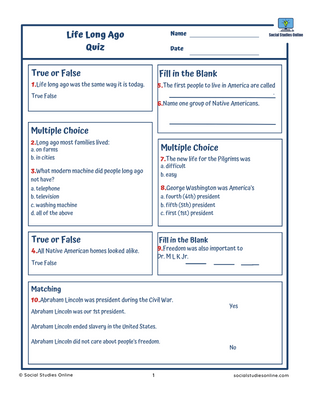



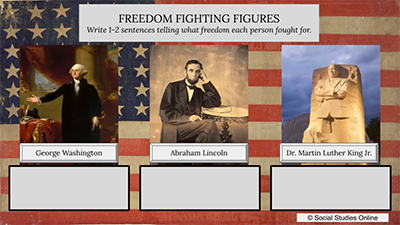

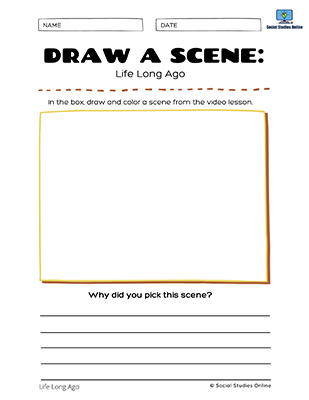

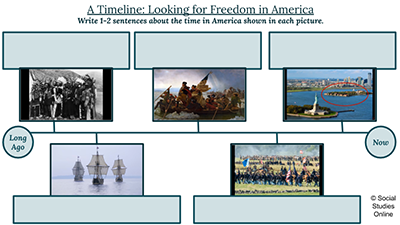

Video Subscriptions
When you only need one video- Unlimited viewing of 1 video
- Post-trip quiz + resources for 1 video
- Access to Closed Captioned version of 1 video
- Lowest-cost option
Teacher + Class Subscription
Teacher + Students- Unlimited access to the entire video lesson library
- All quizzes + learning resources
- Access for 1 teacher + all students
- Access to all Spanish videos + resources
- Access to all Closed Captioned videos
- Best value option for one teacher
School-wide Site License
All teachers + All students- Unlimited access to the entire video lesson library
- All quizzes + learning resources
- Access for all teachers and all students
- Access to all Spanish videos + resources
- Access to all Closed Captioned videos
- Best for school administrators supporting their teachers & students
- Up to 500 students – $450/year
- 500-1,000 students – $600/year
- 1,000+ students – $1,000/year
Topics Covered
Life was harder long ago
Food had to be grown and everything was done by hand
Native American way of life
Native American housing & clothing
Arrival of Christopher Columbus
Arrival of Pilgrims & settlers
Tradition of Thanksgiving
Conflict with England
Lincoln & freedom from slavery
Immigrants & freedom
Classroom Ideas

Discussion Topics
Have students offer ideas about everyday items that didn’t exist long ago.
Have students discuss the daily life of the early settlers or their great-grandparents.
Create a list of all the items that people would have to make for their daily lives.
What did the daily diet of the early settlers look like?
Discuss the very first Thanksgiving.

Art and Social Studies
Use various materials to create a small-scale home for a group of Native Americans, e.g. a wigwam. Can be done in groups.

Cloze Practice
A cloze piece has full sentences used in the virtual field trip with blanks where students can write in the information that is missing. This task requires close listening to the trip in order to complete it.
Coral reefs are the _______ type of ecosystem in the world. They’ve been around for over _____ million years.
Answers: oldest; 240
Alternatively, you could have students create 5-10 cloze statements and they could share those with the class.
A third alternative is to distribute the cloze worksheets before watching the video. Students can fill them in as they watch.

Native American Groups
Create a lesson (or lessons) that introduce students to the major tribes of Native Americans. This could be nearby tribes, or tribes across the country.

Transportation
Compare/contrast various modes of transportation that the early settlers used.

Explore Vocabulary
Identify key vocabulary terms while previewing each video. Prompt students to find the meaning of each word as they watch the video. Example: What do the words bartering and artifact mean? Think about the meaning of this word as you watch this video.

Visual Learning
Offer videos to struggling learners as another form of accessing information and creating knowledge.

Art
Draw a scene from the video you just watched.
Classroom Ideas for ALL Videos
Dozens and dozens of ideas that you can use in your classroom along with our videos!
Related Videos

Grade 1 - The Earth Around Us

Grade 1 - Families & Neighbors
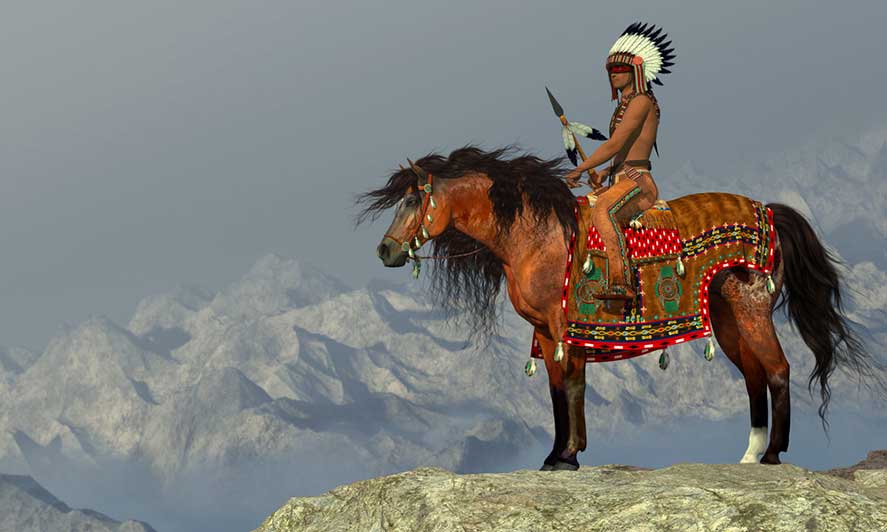
Grade 2 - Early Americans
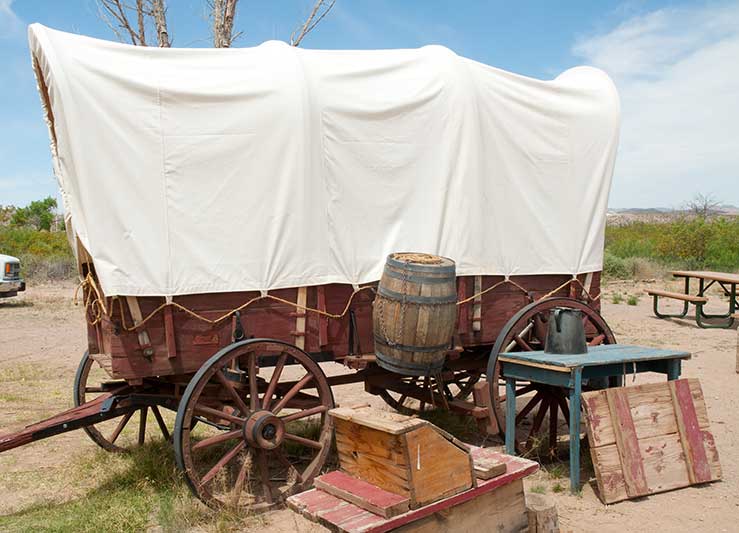
Grade 3 - How The Country Was Settled

Grade 1 - Let's Learn About The Government

Grade 1 - All About Work
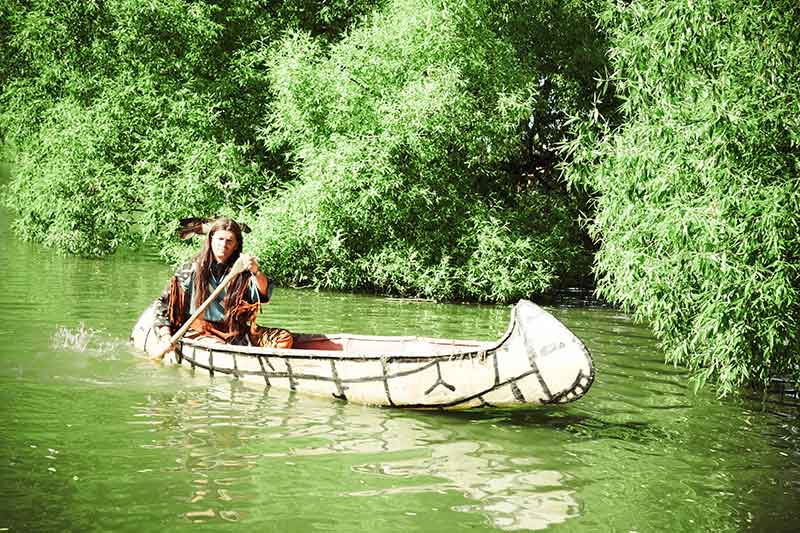
Grade 3 - The First Americans
Video Subscriptions
When you only need one video- Unlimited viewing of 1 video
- Post-trip quiz + resources for 1 video
- Access to Closed Captioned version of 1 video
- Lowest-cost option
Teacher + Class Subscription
Teacher + Students- Unlimited access to the entire video lesson library
- All quizzes + learning resources
- Access for 1 teacher + all students
- Access to all Spanish videos + resources
- Access to all Closed Captioned videos
- Best value option for one teacher
School-wide Site License
All teachers + All students- Unlimited access to the entire video lesson library
- All quizzes + learning resources
- Access for all teachers and all students
- Access to all Spanish videos + resources
- Access to all Closed Captioned videos
- Best for school administrators supporting their teachers & students
- Up to 500 students – $450/year
- 500-1,000 students – $600/year
- 1,000+ students – $1,000/year


